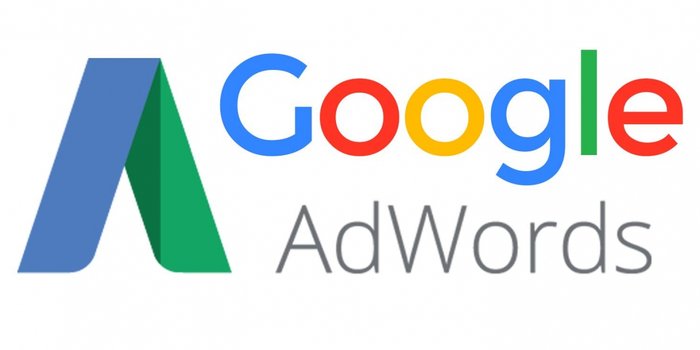How does… Google AdWords’ new attribution model work?
Each week, we ask some of the industry’s most knowledgable boffins to break down industry jargon to help you through those confusing meetings and indecipherable conferences. This week, GMG Digital’s John Vlasakakis explains how Google AdWords’ new attribution model works.
Google AdWords is changing. Here is what you need to know.
There have been rumblings recently that tech giant Google would stop supporting last click attribution in 2018, meaning advertisers will now opt into one of the other attribution models the company currently offers.
There are a few things current and potential advertisers should know before the new system rolls out later this year.



Thanks for explaining that John.
So they are all incredibly simplistic and naïve models based on an underlying (and generally wrong) assumption that all digital sales act in isolation of the entire marketing and consumer experience.